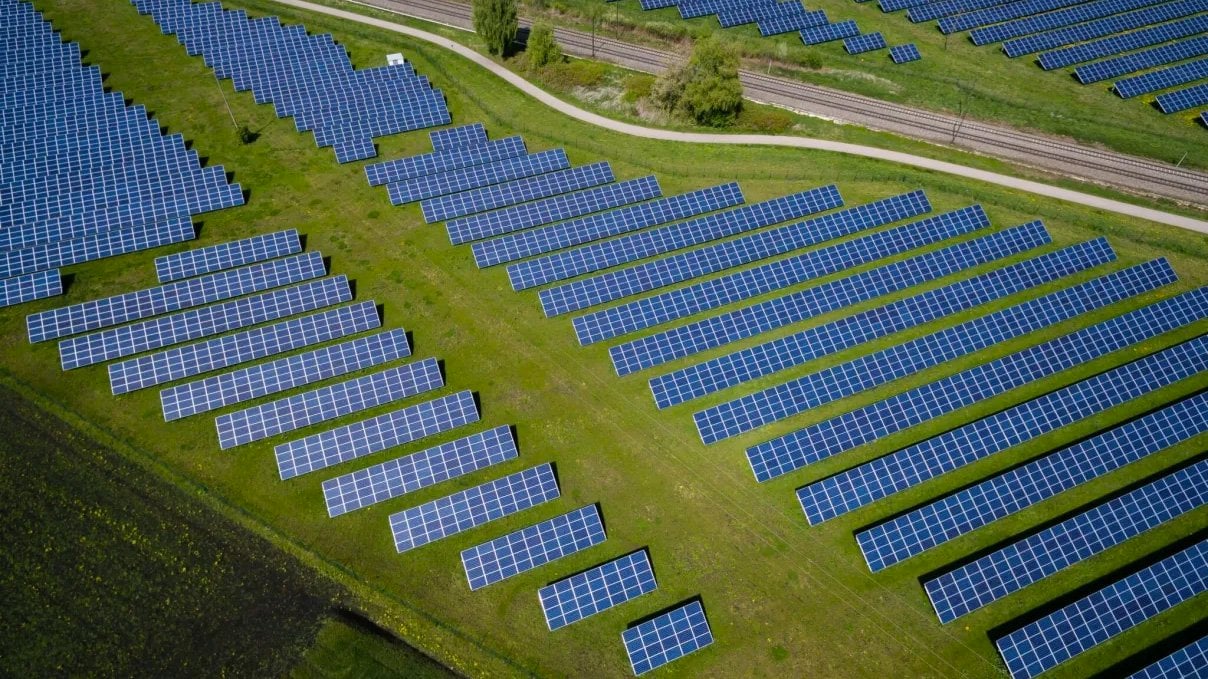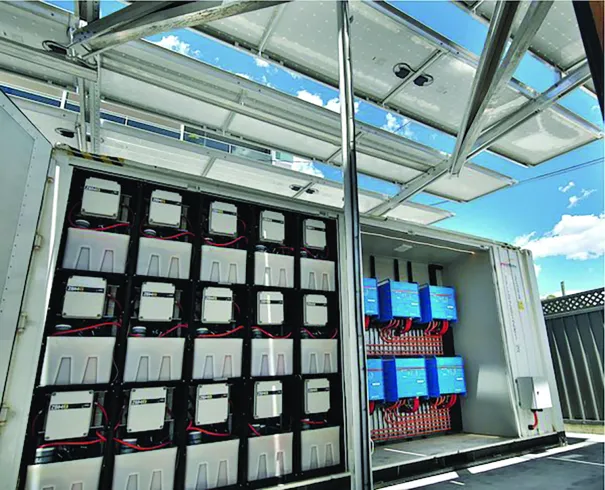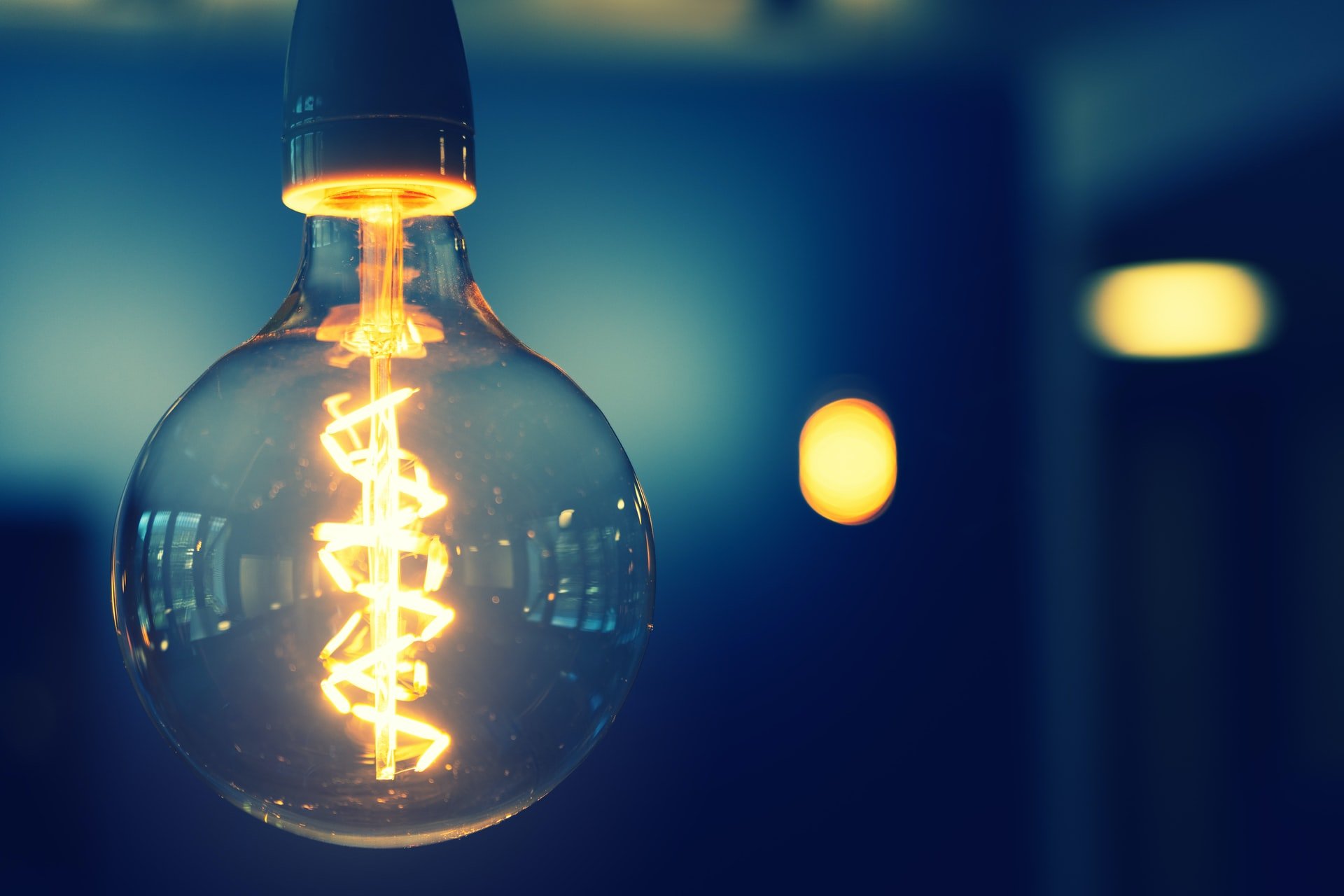While it may not do what the name implies, the Inflation Reduction Act (or IRA) may be one of the most important pieces of U.S. legislation ever. It has many goals, including lower prescription drug costs. But the focus is on green job creation by quickly turning the country towards clean energy from wind, solar, nuclear, geothermal, and hydrogen—while vastly expanding electric vehicle adoption.

Princeton professor and energy expert Jesse Jenkins, who led a major study of the bill’s impact, writes, “For the first time, we have the full financial weight of the federal government at the backs of the clean energy transition.”
It won’t be cheap. “This is the biggest deal in climate tech in all of history,” says Bill Gross, the founder of IdeaLab, an early champion of green tech. “It’s talked about being $370 billion. I think it will be more like 10x that, or $3.7 trillion.” The inflated price can be attributed to two things. Some of the provisions, like the green hydrogen production tax credit, are uncapped—meaning a bigger hit to government revenue than promised. The Brookings Institution projects that the 10-year cost of the bill to the government will be closer to $900 billion, rather than the $400 billion projected by the Congressional Budget Office and the Joint Committee on Taxation. But private-sector investment will also magnify the Act’s impact.
If implemented well, the IRA could help birth a new economy based on adapting to climate change, while creating a slew of new jobs. Many supporters of the Act believe it can earn its place in history alongside LBJ’s Great Society and FDR’s New Deal.
Carrots, Not Sticks
Rather than levying stiff penalties on polluters, the IRA creates massive incentives for consumers and businesses to make green investments.
Consumers who take advantage of clean energy and electric vehicle tax credits will save more than $1,000 per year through changes in the tax code. They’ll receive up to $14,000 in rebates for buying things like heat pumps or energy-efficient home appliances. In addition, the bill includes tax credits for installing solar or wind generation. Tax credits go up to $7,500 for new electric cars and $4,000 for used models.

Interested in learning more about climate solutions that scale? Join us for Techonomy Climate NYC.
For businesses, the carrots are even more significant. “This legislation can catalyze an entirely new set of climate-friendly industries,” says tech and climate journalist and Techonomy founder David Kirkpatrick. The Brookings Institution calculates that, by 2030, the IRA will help reduce U.S. CO2 emissions about 40 percent below 2005 levels.
“This is a business-first approach to government climate action,” says Kirkpatrick. “That’s another historic aspect of the effort.” While the Act offers incentives, the private sector must step up and put the dollars to work. And it’s done a lot in the year since the bill was signed. Tesla committed to expanding and opening up its charging station network to other carmakers, like Ford and GM. New charging networks are also getting funded by companies like EVgo and a partnership between Hertz and BP. Projects have launched in all fifty states, even many that historically favored fossil fuels. The Loan Programs Office of the Department of Energy tracks the number of investments to ensure transparency.
The National Bureau of Economic Research got very bullish about the IRA’s impact on renewable and zero-carbon power generation investment. Moreover, it forecasts a substantial drop in electricity prices for businesses and industries, which consumers will feel.
No one knows precisely how much revenue and new jobs will come from the IRA, but there’s no shortage of predictions. Goldman Sachs projects $1.2 trillion in incentives by 2032 and $2.9 trillion of cumulative new investment opportunities. The Princeton University researchers led by Jenkins suggest slower progress: While we’ll halve CO2 emissions from 2005, the U.S. will still fail to be net zero by 2050 without even more drastic action, like turning off coal power plants.
The Big Four: EVs, Renewables, Hydrogen, and Carbon Capture
Even without the IRA, America’s green energy sector would be on a roll. While startups in other industries have seen funding dry up, firms pursuing carbon capture, energy storage, and renewable energy technologies are still attracting dollars. For instance, Terra CO2, an industrial tech company that lowers material and logistics costs while reducing the environmental footprint, recently received $81 million in funding. CarbonCure Technologies received $80 million to continue the deployment of its suite of technologies that capture CO2 and incorporate it into making concrete.
Still, without government incentives and loans, it will likely be impossible to effect the necessary level of economic and systems change. The private sector remains risk-averse and under-capitalized for the kind of massive implementations that will be necessary for novel manufacturing and production plants.

The most apparent short-term beneficiaries of the IRA are electric vehicles and solar energy. Factories are getting built and permitted, notes Robinson Meyer, cofounder of climate news site HeatMap. Large automakers are all on board with electric versions of their cars. And charging station infrastructure is rapidly expanding.” A Goldman Sachs research note predicts the EV market share to rise to 75% by 2040 and 100% by 2050, with each internal-combustion car replacement reducing oil consumption by 11 barrels a year, on average.
Another IRA priority is building out infrastructure for hydrogen as a fuel source. But it’s iffy. Hydrogen is expensive to extract, and according to some experts, the processes could require more energy to create than it’s worth. Storage and transportation are also problematic. Hydrogen has a low energy density relative to fossil fuels, meaning a large amount of storage volume is required to hold a sufficient quantity of energy. Still, Mona Dajani, global head of energy, infrastructure, and hydrogen at corporate law firm Shearman & Sterling, is confident that, like solar before it, “hydrogen fuel prices will fall fast because of incentives and lower costs of materials.”

Carbon capture technology is yet another IRA focus area. Companies that install such technology on power and manufacturing plants are eligible for tax credits for up to 25 percent of the project’s cost. Companies that operate systems devoted solely to capturing carbon out of the air can receive a tax credit for up to 50 percent of the project’s cost. Additionally, companies can receive a tax deduction for any costs incurred in capturing carbon. There are already 40 commercial plants online internationally, but the IRA’s architects will want much more to move the net zero dial.
But again, progress is still nascent because of the expense of the equipment and the newness of the technologies involved. There is no real market for captured carbon, so the incentive to spend big is not there yet.
Bridge Over Troubled Waters
Lest you think the IRA is the panacea for all our climate travails, think again. A host of naysayers, potential failures, and political shenanigans await.
For starters, IRA incentives are only available to U.S. companies and domestically made products. That’s led to a bit of European backlash. In an op-ed, Gary Shapiro, president and CEO of the Consumer Technology Association, lambasted the law for slapping tariffs on European products. And made in America provisions may prove unworkable. To qualify for IRA funding, all the components of a solar power plant must use U.S. components. But today, sufficient domestically made solar cells are simply not available.
John Podesta, a top Biden aide for climate policy, has been on a damage control campaign to assuage European concerns. “The intent of the IRA was not to be protectionist,” says Mona Dajani, “but it has a clear focus on bringing jobs and factories to the U.S., especially in underserved communities and communities that historically suffered from high pollution and industrial blight.” The E.U. and U.S. have set up a Clean Energy Incentives Dialogue under their joint Trade and Technology Council to coordinate their respective investments in clean energy better and share information about critical material supply chains.
Fossil fuel lobbyists are working to keep their industries alive, though they recognize that we are overdependent on specific regimes for fuels. Their efforts are paying off. New federal data show the Biden administration approved 3,557 permits for oil and gas drilling on public lands—which outpaced Trump’s record.
Labor is another possible bottleneck. Many experts predict it will be difficult to train and hire enough skilled people for the estimated 9 million new jobs that are on the horizon. Training becomes another expense item.
Those who are anti-big government argue that the public outlay is far too large, and is likely to balloon into an even more significant investment. A complex application process and bureaucratic friction points will only add to the costs. And still, others point out that the slow turns of government processes are no match for a rapidly deteriorating climate. In a word, it’s all about the implementation.
Unintended consequences will loom at every turn. Electric vehicles, for example, will increase demand for metals used in batteries, like cobalt, copper, and nickel. Some companies want to mine these in the ocean, which many environmentalists oppose.
Playing Poker With Climate
With proper execution and good luck and timing, the Inflation Reduction Act could shape the course of history. The U.S. government aims not to build on its own but to create incentives and conditions ripe so private industry can develop our new climate-friendly, profit-yielding future. Even Texas, notorious for profiting from fossil fuels, has quickly become one of the leading sites for alternative energy like wind and solar.
Large companies are putting money into it. Brookfield Renewable Partners’ invested $2 billion only six weeks after President Biden signed the IRA into law. While any effort this large entails comparably significant risks and pitfalls, the dangers of doing nothing would have been even greater. “The combination of incentives will spur all kinds of other investments in equipment, factories, and talents that levying penalties would not have done,” says Gross. Says Dajani, “Time is of the essence.” The IRA, warts and all, is the right legislation for the right moment.
Techonomy Climate NYC: Solutions That Scale
This in-person event in NYC focus on the business of fighting climate change bringing together climate experts, industry giants, entrepreneurs, and other leaders.
Register Virtual Only














